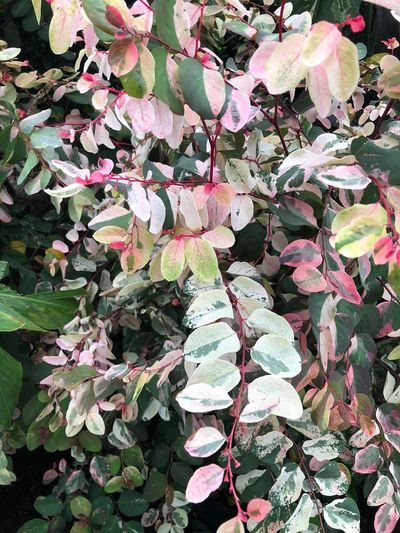What is a Snow Bush?
Snow bush (Breynia disticha) is widely cultivated in tropical locales. It can be found from southeastern Asia through Malaysia, to Australia, New Caledonia, and New Hebrides. This tropical darling is often used as a colorful hedge, but it suckers profusely and must be maintained to keep it in a tidy habit. Southern gardeners can try growing this plant outdoors but northern gardeners will need to grow in containers and move indoors. The snow bush is hardy to USDA zones 10 to 11. That leaves the rest of us out of luck unless we have a large sunroom or greenhouse. It is a foliage plant grown for its red, white, and green foliage. The plant’s zig-zagging stems are pink to red, adding to the colorful display. There are even cultivars with mottled leaves in tones of pink, red, and purple. Flowers are inconspicuous, but no matter, the red tones already provide bloom-like effect. The plant grows 2 to 4 feet tall (0.5 to 1 m.). Snow bush produces small, round, red fruits. The plant can be used as a specimen, accent, or mass planting in very warm regions. The slender stems can even be trained to trail over a wall.
Tips on Growing Snow Bush
Unless you live somewhere quite warm, you will need to treat this plant as an annual or install it in a container and move it indoors after summer. The snow bush plant can live in full to partial sun, but the best color is achieved in a bright location. Soil should be consistently moist and not allowed to dry out. The bush is tolerant of any soil, including sand, but it must be kept watered. Salt air or saline soil will harm the plant. When your snow bush is young, pinch the end stems to promote a denser form. You can propagate it by sucker division or cuttings. Root softwood cuttings in summer, and use bottom heat to promote rooting.
Snow Bush Care
This is a heavy feeder and drinker. Fertilize monthly and use organic mulch around the root zone to preserve moisture. Prune annually in winter to keep the bush at the size you require. Un-pruned plants will naturally form an attractive, vase shape. Indoor plants should be placed in bright, unfiltered light and kept moist. As soon as temperatures are warm, gradually re-introduce indoor plants to the outdoors. Snow bush has few disease issues, but it can have problems with caterpillars, spider mites, aphids, and whitefly. Use horticultural soap to combat these pests and hand pick caterpillars.
